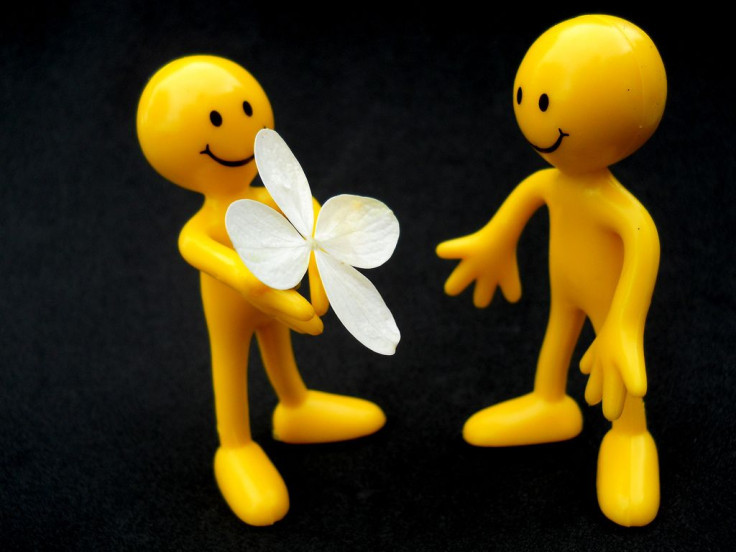Be Kind: Brain's Amygdala, Oxytocin May Be Critical To Positive Social Behavior

The almond-shaped brain structure known as the amygdala may be responsible for positive social behavior, finds a new study published in the Proceedings of the National Academy of Sciences.
"The amygdala, especially the basolateral division (BLA), has been implicated in both decision-making and social perception, inviting the possibility that it contributes to decision-making with respect to others," researchers began their study. "This set of nuclei is well known for contributions to emotional experience and expression, especially fear. More recent studies demonstrate activity in BLA tracks the value of rewards and punishments, predicts risky financial decisions, reflects internal motivational goals, and correlates with vigilance and attention."
Despite this relationship, researchers found how exactly neurons in the BLA respond during social decision remains unknown. So they studied the social behavior of rhesus macaques, a non-human primate species study author Michael Platt has studied for 22 years both in his lab and in the wild. There was an actor monkey and a recipient monkey — actors learn different-colored shapes are associated with a reward (a squirt of juice); one they can give to themselves, a neighboring monkey, or to no monkey at all.
Voluntary sharing and donating are but two types of positive social behavior; the study also recognized helpfulness and cooperation.
In general, Platt explained in a press release, actor monkeys prefer to reward another monkey rather than let the juice go or leave it unclaimed. But at the same time he and his team were studying monkeys’ behavior, they were also recording each monkey’s neural activity in the amygdala to see if their neural responses were in sync with their outward action. Specifically, researchers explored how BLA neurons encoded the value of rewards for another monkey compared to how it encoded the reward value for the self.
"If BLA contributes to social decisions by computing reward values for self and others using a common coding scheme, then BLA activity should be correlated with prosocial decisions," they wrote.
What researchers found was primate amygdala activity "reflected the value of the recipients reward in the same way it reflected the value of the reward for the actor." Seeing these neural responses, researchers could then predict when actor monkeys would give their juice to other monkeys. And when researchers introduced oxytocin — a hormone that influences human social decisions partly by altering amygdala function — monkeys’ behavior changed rapidly.
The "neurons in the BLA mirror the value of rewards for self and others and, moreover, these signals are correlated with prosocial decisions," researchers wrote. True, these types of monkeys are comparable to humans, but researchers don’t know these results will translate.
"When people inhale oxytocin, there is a change in blood flow to the amygdala, which we think might be involved in making people kinder and more receptive to others," Platt said.
Taken together, these findings endorse the amygdala as a critical part of the brain when it comes to regulating social decisions. It could have implications for those with autism, schizophrenia, or anxiety-related disorders, Platt said.
He concluded: "What we're trying to do is both identify and understand the basic brain mechanism that allows us to be kind to each other and to respond to the experiences of other individuals. We're also trying to use that knowledge to evaluate potential therapies that could improve the function of these neural circuits, especially for those who have difficulty connecting with others."
Source: Platt ML et al. Neural mechanisms of social decision-making in the primate amygdala. Proceedings of the National Academy of Sciences. 2015.



























